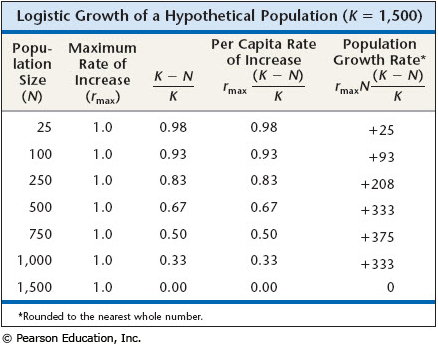Population Growth Rate Formula
Iphone dev team. See also:According to an old legend, vizier Sissa Ben Dahir presented an Indian King Sharim with a beautiful, hand-made. The king asked what he would like in return for his gift and the courtier surprised the king by asking for one grain of rice on the first square, two grains on the second, four grains on the third etc.

The king readily agreed and asked for the rice to be brought. All went well at first, but the requirement for 2 n−1 grains on the nth square demanded over a million grains on the 21st square, more than a million million ( a.k.a. ) on the 41st and there simply was not enough rice in the whole world for the final squares.
(From Swirski, 2006)The is the time when an exponentially growing influence is having a significant economic impact on an organization's overall business strategy.Water lily French children are told a story in which they imagine having a pond with leaves floating on the surface. The lily population doubles in size every day and, if left unchecked, it will smother the pond in 30 days killing all the other living things in the water. Day after day, the plant's growth is small and so it is decided that it shall be cut down when the water lilies cover half of the pond.

The children are then asked on what day will half of the pond be covered in water lilies. The solution is simple when one considers that the water lilies must double to completely cover the pond on the 30th day. Therefore, the water lilies will cover half of the pond on the 29th day. There is only one day to save the pond. (From Meadows et al. 1972) See also.
YearPopulationYearly%ChangeYearlyChangeMigrants (net)Median AgeFertility RateDensity (P/Km²)UrbanPop%Urban PopulationCountry's Share ofWorld PopWorld PopulationJapanGlobal Rank2020126,495,647-0.23%-295,8.4%119,444,4441.62%7,795,425124,309,808-0.35%-437,0.5%118,715,2431.52%8,185,630121,580,505-0.44%-545,1.2%116,917,6991.42%8,551,135118,499,790-0.51%-616,2.6%114,422,7981.33%8,892,740115,212,067-0.56%-657,3.8%111,531,9271.25%9,210,345111,923,238-0.58%-657,3.0%108,602,4531.18%9,504,250108,794,446-0.57%-625,3.2%105,783,8021.11%9,771,822,75317. NotesThe Japan Population (Live) counter shows a continuously updated estimate of the current population of Japan delivered by, which processes data collected from the United Nations Population Division.The Population of Japan (1950 - 2019) chart plots the total population count as of July 1 of each year, from 1950 to 2019. The Yearly Population Growth Rate chart plots the annual percentage changes in population registered on July 1 of each year, from 1951 to 2019. This value can differ from the Yearly% Change shown in the historical table, which shows the last year equivalent percentage change assuming homogeneous change in the preceding five year period.DefinitionsYear: as of July 1 of the year indicated.Population: Overall total population (both sexes and all ages) in the country as of July 1 of the year indicated, as estimated by the United Nations, Department of Economic and Social Affairs, Population Division. For forecasted years, the U.N. Medium-fertility variant is used. Read More Definitions.
Population Growth Rate Formula Math
Yearly% Change: For 2019: percentage change in total population over the last year (from July 1, 2018 to June 30 2019). For all other years: latest year annual percentage change equivalent assuming homogeneous change in the preceding five year period, calculated through reverse compounding.Yearly Change: For 2019: absolute change in total population (increase or decrease in number of people) over the last year (from July 1, 2018 to June 30 2019). For all other years: average annual numerical change over the preceding five year period.Migrants (net): The average annual number of immigrants minus the number of emigrants over the preceding five year period (running from July 1 to June 30 of the initial and final years), or subsequent five year period (for 2016 data).

A negative number means that there are more emigrants than immigrants.Median Age: age that divides the population into two numerically equal groups: half of the people are older than the median age indicated and half are younger. This parameter provides an indication of age distribution.Fertility Rate: (Total Fertility Rate, or TFR), it is expressed as children per woman.